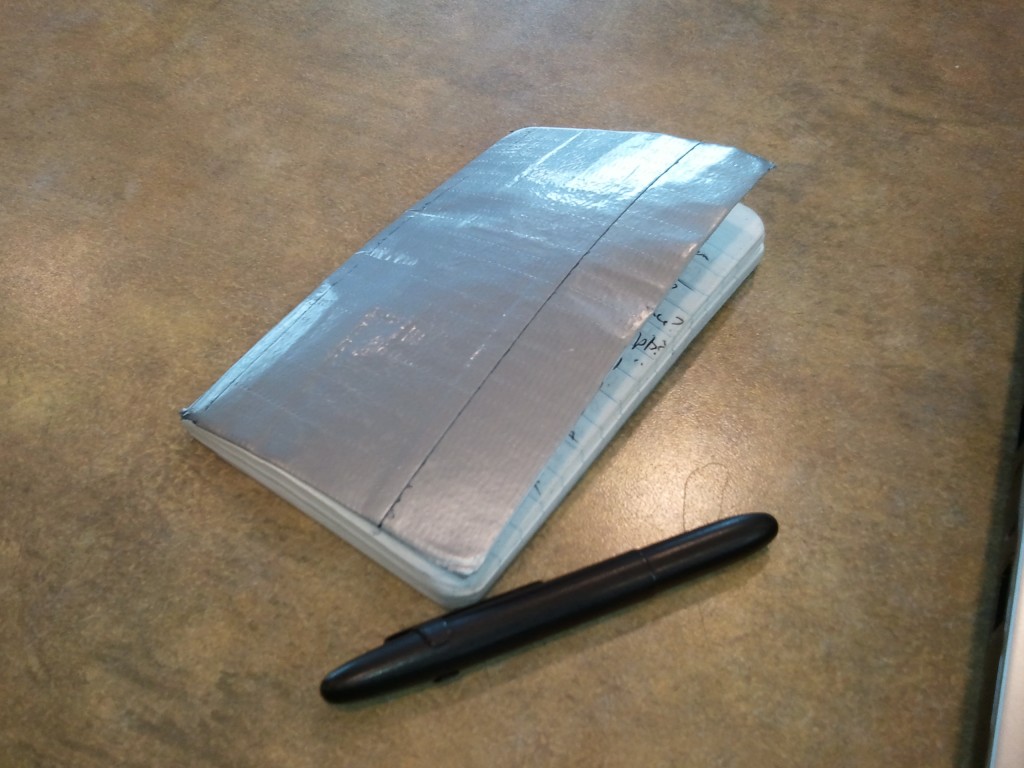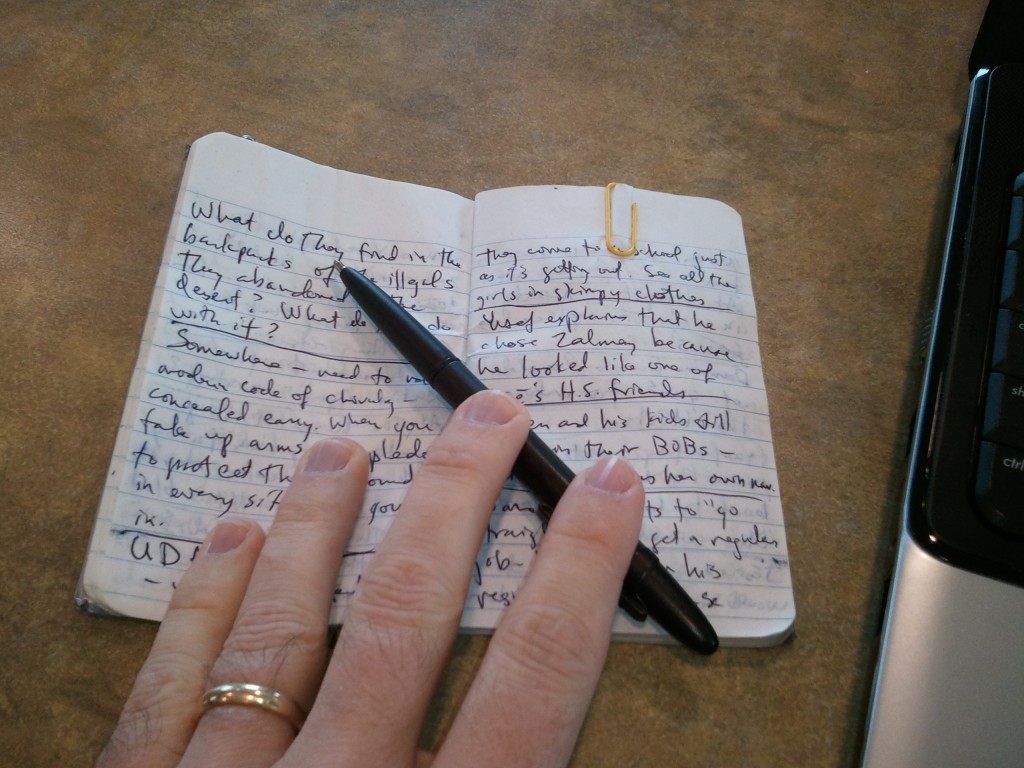In his book Writing in Restaurants, playwright and screenwriter David Mamet mused:
In a restaurant, one is both observed and unobserved. Joy and sorrow can be displayed and observed “unwittingly,” the writer scowling naively and the diners wondering, What the hell is he doing? Then again, the writer may be truly unobserved, which affects not a jot of the scourge of popular opinion on his overactive mind.
I have to say, I’ve always had a soft spot for David Mamet. Even before I had read any of his work or seen any of his plays or movies, I was indebted to him. Mamet was on the selection committee that chose my play, Inside Al, as the winner of the Henry Fonda Young Playwright Award back in 1987. So … thanks, David!
Weirdly, very little about Writing in Restaurants is about actually writing in restaurants. Maybe that’s because it written way back in 1986. That was before laptops, before wi-fi Internet connections and before most fast-food places shifted from the old “small-medium-large is all you get” model of beverage service to the “buy the size you want and refill it as many times as you like until you walk out the door” plan. Believe me — that’s made all the difference.
The way Mamet describes it, the act of writing in a restaurant is a sort of “performance art.” The creative genius sits there toiling away on his amazing manuscript while others watch in amazement at what he’s doing. They wonder whether he’s penning the Great American Novel or the next big Broadway smash. But that was back in 1986. Today, somebody pecking away at a keyboard in a restaurant is just as likely to be updating his Facebook status or posting a personal ad on Craigslist.
I wrote my master’s thesis almost entirely in a Taco Bell in Provo, UT. This was only possible because I had recently purchased my very first laptop—a PowerBook 520c. The manager of the Taco Bell was the younger brother of one of my good high school buddies, so he didn’t mind me camping out well past closing time, endlessly refilling my cup with Diet Pepsi. Matt would often bring me nachos or those cinnamon twist things, just to be nice. I don’t think I would’ve finished my thesis (and won “Outstanding Thesis Award”) without Matt and his Taco Bell.
Today, I still find myself much more productive when I write in fast food places than when I work at home. In my opinion, the absolute best place to write is a McDonald’s restaurant. They have $1 drinks, cheap food, free wi-fi, and endless people to observe. Honestly, the wi-fi sometimes proves more of a distraction than a help, but there are times when you just need to get online when you’re writing.
For example, if I need details about a place I’m writing about, I simply pull up Google Maps and zoom in on the satellite view. If I need a quick name and identity for a character, I can go to FakeNameGenerator.com to get one at the click of a button. And of course, Wikipedia is always there if I need to know the capital of Sinaloa or the date of “Operation Wetback.”
Because of laptops and wi-fi, performance art has evolved into productive utility, but restaurants (at least the cheap fast food ones) are still my favorite place to produce prose.

